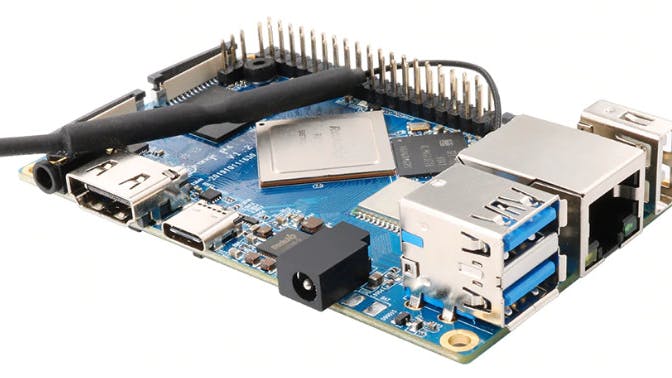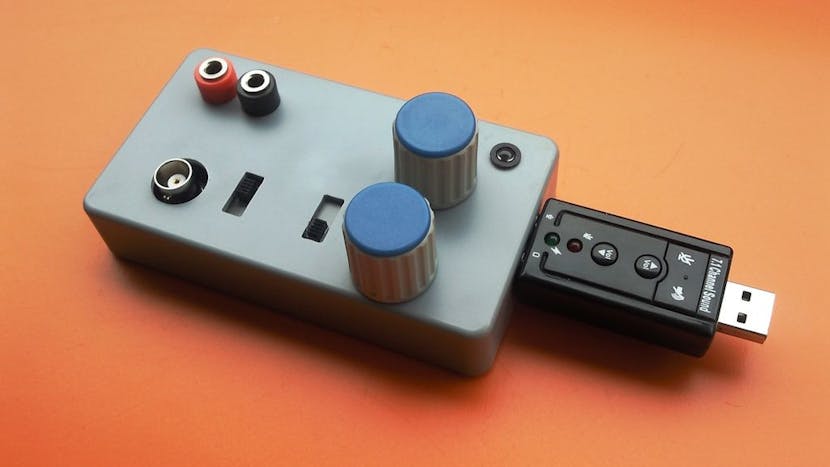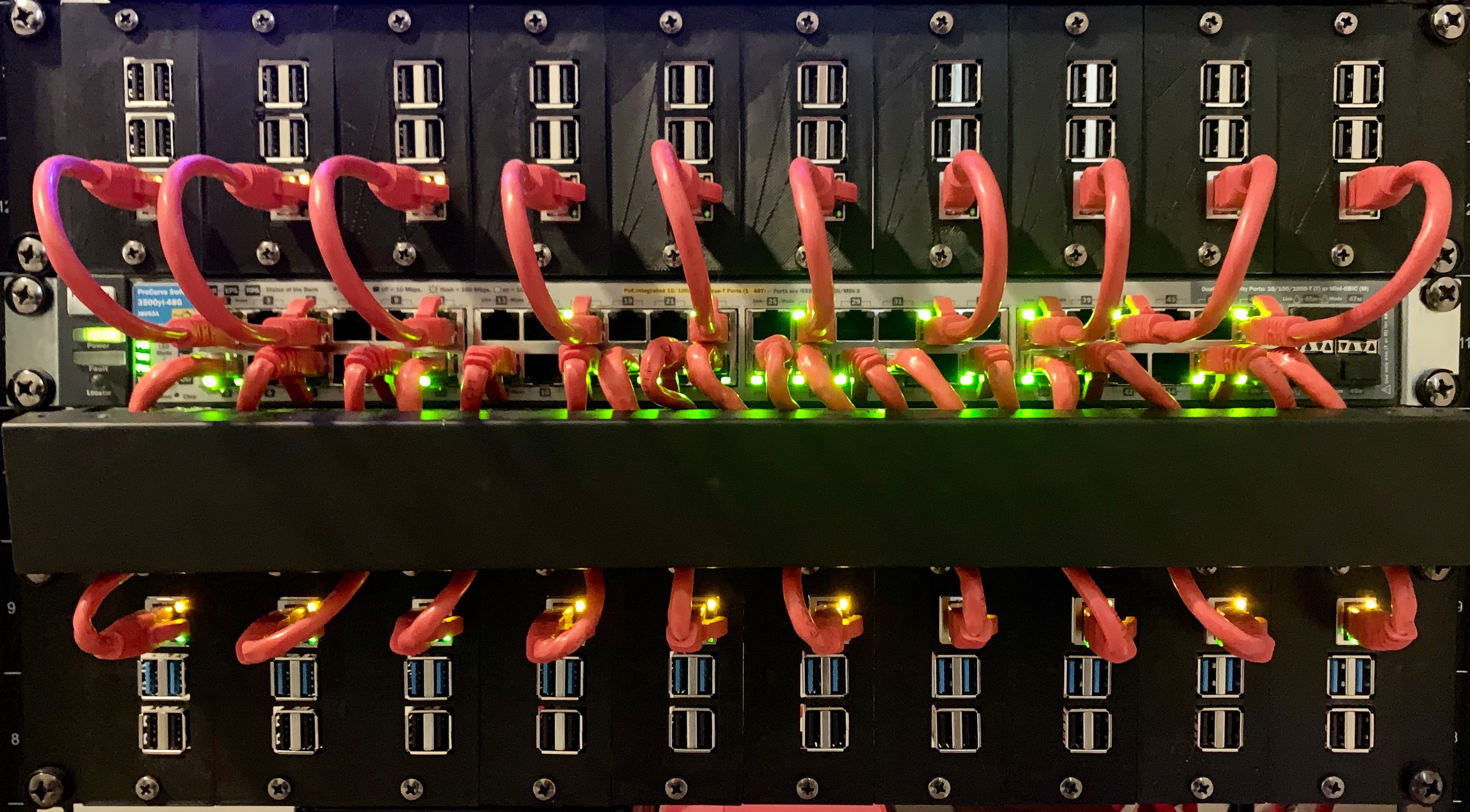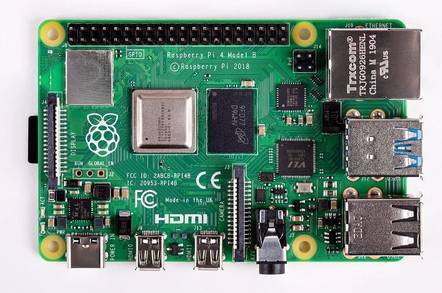In many projects (Arduino IDE), we need accurate local time. With our ESP chips, we have some libraries to get NTP time, as I showed in video #67. Most of these libraries do not adjust for daylight-saving or summertime. Today we will change that by using standard ESP functionality.
LEDs and Whats Wrong with the Maker Movement.
About a week ago, Hackaday hosted the Superconference. Dubbed the “greatest gathering of hardware hackers, builders, engineers and enthusiasts on the planet”, it featured talks on subjects ranging from 3D Printing to Security to Augmented Reality (AR). Media outlets jumping on the tech buzzword of the day would undoubtedly have had a field day if they had just copied off the list of talk titles.
While Kitty Yeung and Pat Dooley’s talk introducing Quantum Computing serve to remind us of how little of the potential of computing we have uncovered, it was Mike Harrison’s talk on LEDs that first caught my eye.

Install Docker and Docker Compose on Raspberry pi 4(Raspbian Buster)
I have been trying to install easy engine on raspberry pi and also use ubuntu on docker inside raspbian buster and found the way to install docker with these commands. Hope you could also do it.

Shenzhen Xunlong Software Launches Orange Pi 4 Family with Optional Gyrfalcon Lightspeeur NPU
Shenzhen Xunlong Software has officially launched the latest single-board computer (SBC) in the Orange Pi family, offering a Rockchip RK3399 six-core processor and optional Gyrfalcon Lightspeeur 2801S neural accelerator for artificial intelligence at the edge.

8-Bit Fun Testing Commodore and Atari Computers
My friend wasn’t sure how many of his old computers were still functioning so we test them in this video. We also wax nostalgic about computing in the 80’s and I try to program an Atari 800 game in BASIC from memory.
You Can Make an Oscilloscope Out of a Cheap USB Sound Card
At its most basic, an oscilloscope is an instrument that graphs an electronic signal over time. They’re extremely useful when evaluating electronics—particularly when you’re working with analog signals. Most modern oscilloscopes offer a lot of additional features that help you really dig into those signals, but simple oscilloscope functions can be handled by a small amount of hardware. Most of the cost in that case comes from the display itself, which is why you may want to follow this tutorial to turn a USB sound card into an oscilloscope that can be used with your computer.

The Xbox 360 is still awesome in 2019 – Games, Homebrew, Modding and More | MVG
The Xbox 360 is still an amazing system and even better when its modded. Here’s a look at what its capable of and the best homebrew and emulators for the system.
Homelab With 20 Raspberry Pis
I’m sure a lot of you have seen my previous post “My Humble Homelab (With Raspberry Pi Rack)”.
I’ve made a few big changes to my server rack since that post so I thought I’d share. Most notably, I’ve gotten rid of my 2 Dell R710 enterprise servers and replaced them with…10 Raspberry Pi 4 Model B.
Below is a table explaining in order, exactly what I’ve got in the rack now.

High-resolution display output or Wi-Fi: It seems you can only choose one on Raspberry Pi 4
Users of the Raspberry Pi 4 mini computer are puzzling over an issue where setting some display resolutions have the side-effect of killing the Wi-Fi connection.
The problem was noticed by developer Enrico Zini, who is working on a digital signage box using the Raspberry Pi 4. “One full day of crazy debugging, and the result is that if the Raspberry Pi 4 outputs HDMI at a resolution of 2560×1440, the Wi-Fi stops working,” he reported.

Super Retro Game Handheld First Look! Android Powered Pandoras box Handheld
The Super Retro Handheld is a new Portable retro emulation device and its running Android. It may also be known as the Handheld Game Station or even Handheld Pandoras Box 3D.
Powered by a Quad-Core 1.3Ghz Arm Cpu 512MB Ram and a really nice 3.5 inch IPS screen with a resolution of 640X480 this is turning out to be pretty decent portable Retro Console.
Super Retro Specs:
Mediatek 6580A Quad Core 1.3GHZ CPU
Mali 400MP2 @ 500Mhz
512MB DDR3
3.5″ 640X480 IPS 60Hz
802.11b/g/n WIFI
Android 6.0 with custom Launcher.
